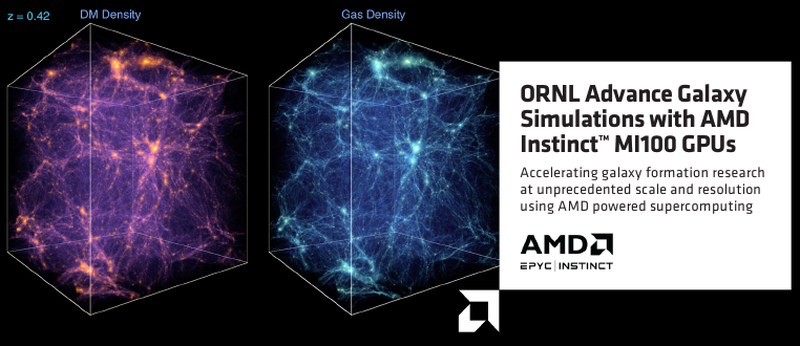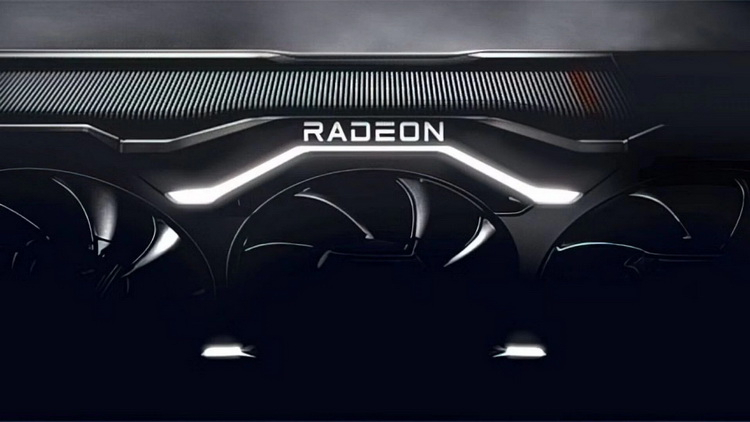
Today, Japan's Fugaku, based on Fujitsu's unique A64FX Arm processors, tops the list of the planet's most powerful supercomputers. But its reign will likely be short-lived & ; this year the US-based Frontier will be launched to dethrone the current supercomputing king: its combination of AMD EPYC and Instinct MI100 accelerators will allow it to break the exascale barrier. As we already know, the ORNL Frontier is based on the HPE Cray EX platform. Each standard cabinet of the new system can hold up to 64 compute modules with two boards each carrying two AMD EPYC processors. These will be complemented by AMD Instinct MI100 accelerators, and the Cray Slingshot will be used as the interconnect. Unlike Fugaku, Frontier is a heterogeneous system.
Supercomputers of this power will enable research that has previously been inaccessible to scientists. One of the programs developed at Oak Ridge for Frontier is CHOLLA. It is a specialized software suite called «Computational Hydrodynamics on Parallel Architecture» a collection of programs that have been developed by Oak Ridge. One of the key areas of such software & ; astrophysics.
Layout of computing modules in the MI100
Harnessing Frontier's power will make it possible to understand how changes in galaxies aligned with the Milky Way take place, and see those changes & ; the formation, evolution and death of individual stars across an entire galaxy & ; at a high enough resolution. The behaviour of 10,000 cubic cells of space (about 50,000 parsecs) over 500 million years will be simulated. This is the first computational astronomy project on such a large scale.
CHOLLA project launched at Frontier to understand behaviour of mysterious dark matter
Interestingly, CHOLLA software was originally designed for the NVIDIA CUDA platform, but porting to its open-source counterpart, the AMD ROCm, proved very straightforward. According to one Oak Ridge lab scientist, it took just a few hours to get the basic work done - and that's software that will simulate the life of an entire galaxy. What's more, without any optimisation, CHOLLA's performance was boosted to 1.4 times that of the version running on the NVIDIA Tesla V100. The optimised version could prove even more productive.


0 Comments